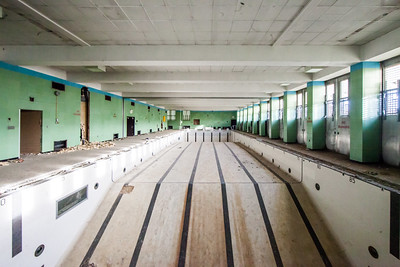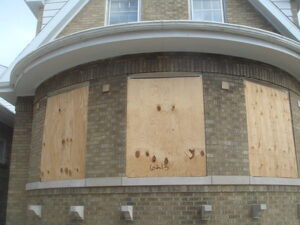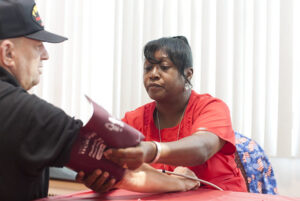Yesterday, I wrote about the growing number of community colleges that have concluded that their swimming pools are too expensive to operate, maintain, and/or repair. Many of these pools have reached the end of their useful lives, and their replacement costs are in the tens of millions of dollars.
Some of these pools are well used; others not so much. But the concerns are the same: the institutions cannot hire enough lifeguards; the pools’ underground pipes are leaking and require extensive replumbing; the filtration systems are end-of-life; the pools need to be resurfaced; the pool decks are shot; the buildings that house the pools need extensive repairs; the locker rooms are out-of-date; and the pool heaters are inefficient.
One-third of one school’s energy bill is attributable to the heating system for its pool. It wants to replace the heating system with an all-electric heat pump system, but that will double the cost of the pool renovation. A natural-gas powered heating system costs less but violates the school’s sustainability policy.
It raises one very important question for schools (like WCC) that operate these extraordinarily expensive facilities: “What is the plan when the facilities reach end-of-life?” Do we, as a community, simply dump tens of millions more into rebuilding a money pit? Is there a replacement plan?
Here’s another question that the WCC Board of Trustees apparently didn’t bother to ask before they approved the construction of the Health and Fitness Center: What is the exit strategy? How will WCC get out from under this facility when the College finally acknowledges that the memberships don’t cover the cost of operations? When the repairs to the building number into the tens of millions of dollars? When WCC can no longer (or no longer wants to) subsidize the facility?
What happens when the money runs out?
It’s not like the WCC Board of Trustees ever asked the taxpayers whether they wanted to pay for the building. The Trustees simply authorized the sale of bonds and used WCC’s operating funds to guarantee the building’s debt. There are no revenue guarantees for the building. And the annual repairs and maintenance on the facilities are hellacious.
WCC can’t charge more than market rate for memberships. Over time, it will become more difficult for users to justify paying more to use an aging facility. Some of the coming repairs and renovations may be so extensive that they require the building to be shut down.
Most community colleges pools were built for use by the campus community. WCC’s Trustees – who plunged the college headlong into the Health and Fitness Center – owe it to the Washtenaw County taxpayers to answer the question, “What happens when the money runs out?”
Photo Credit: Thomas Hawk , via Flickr















